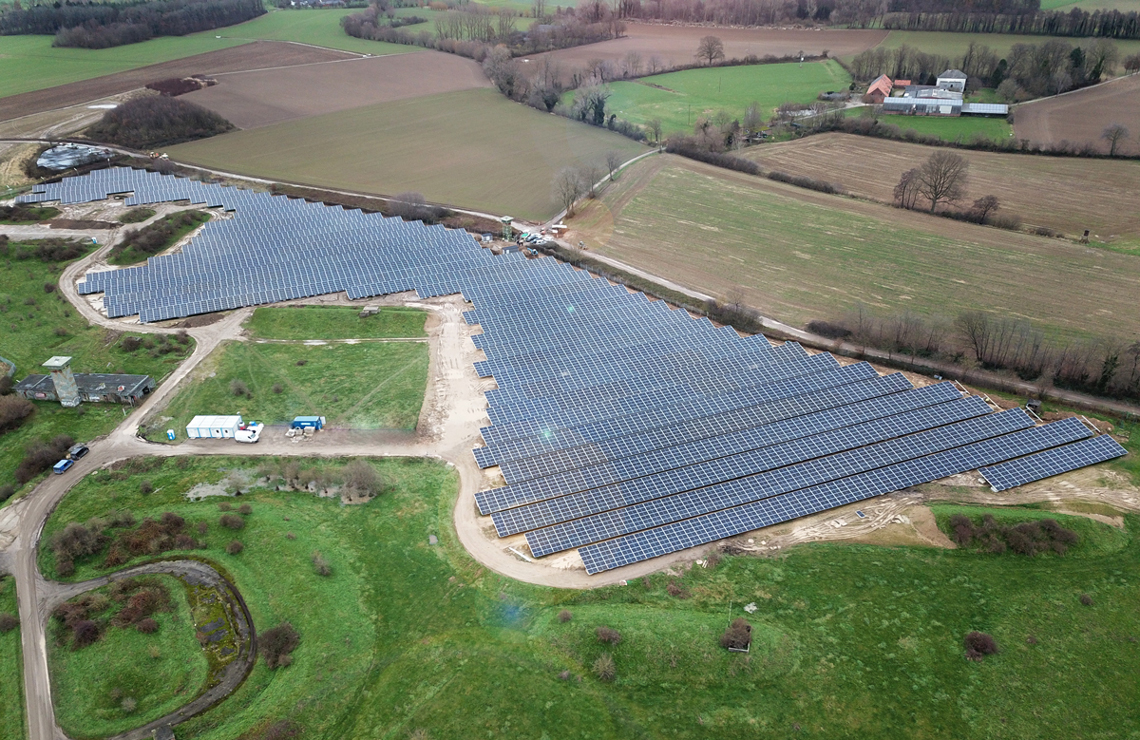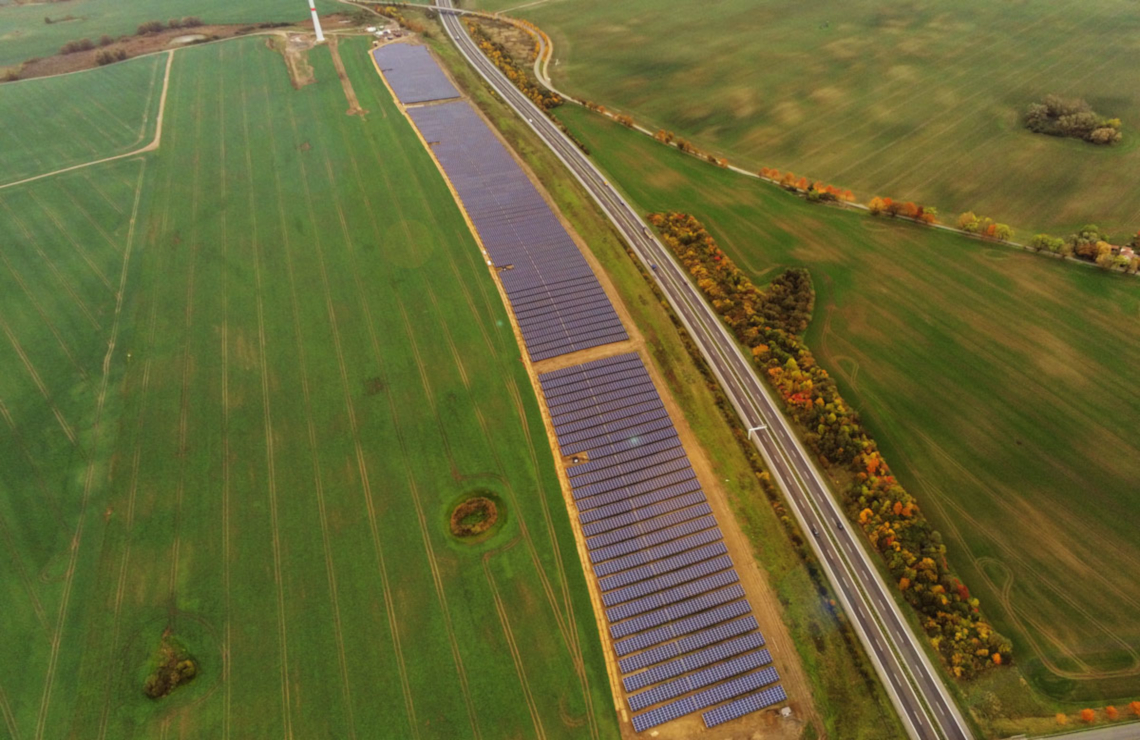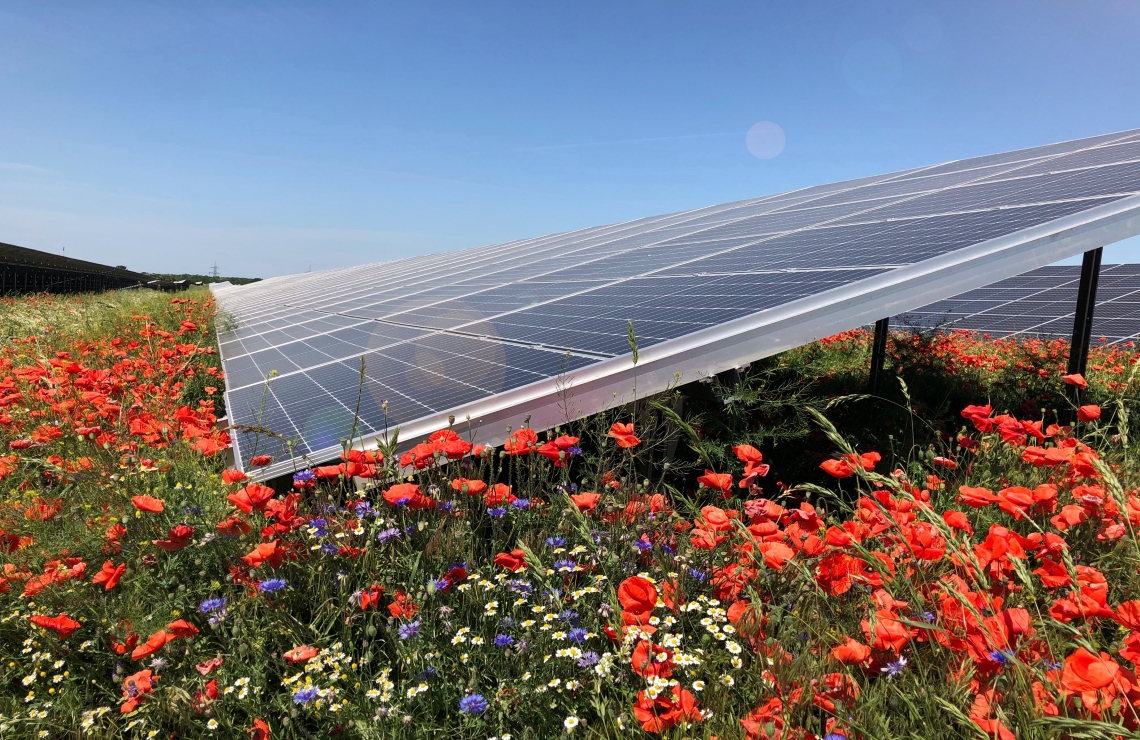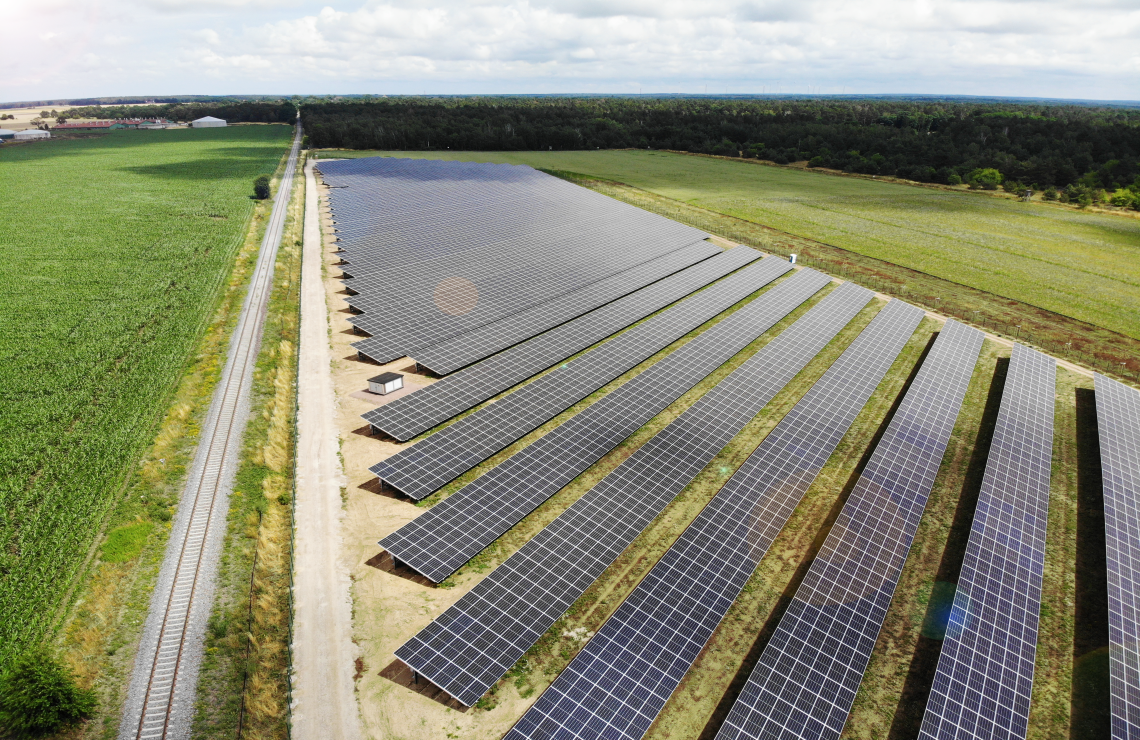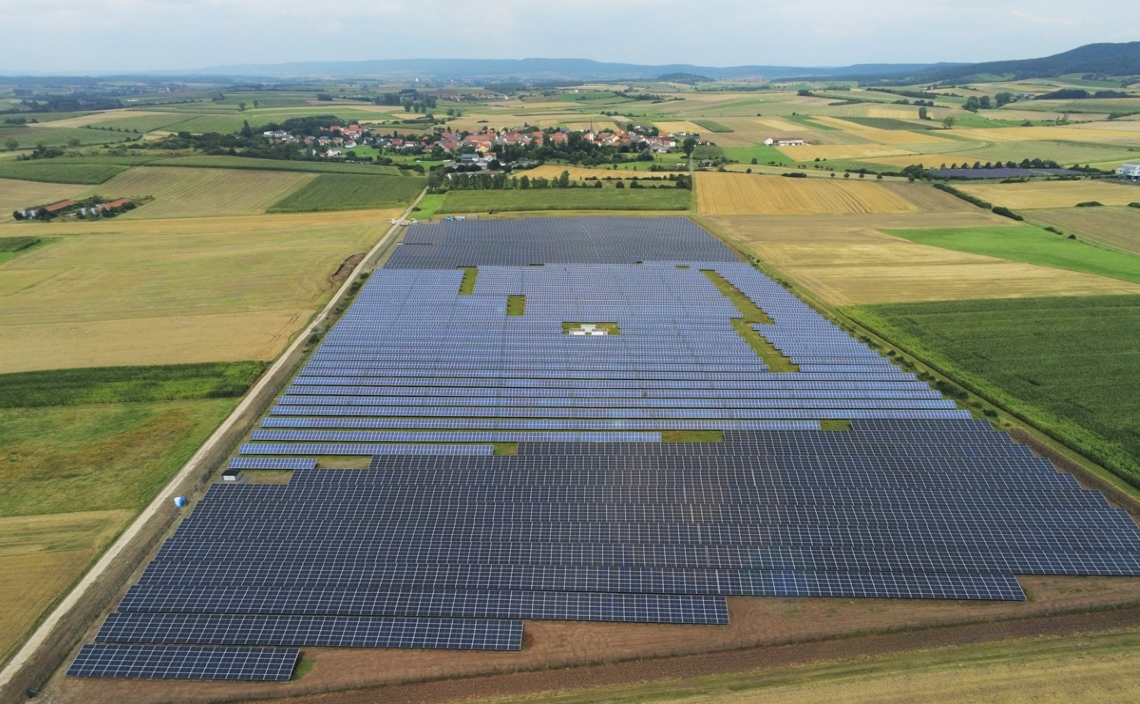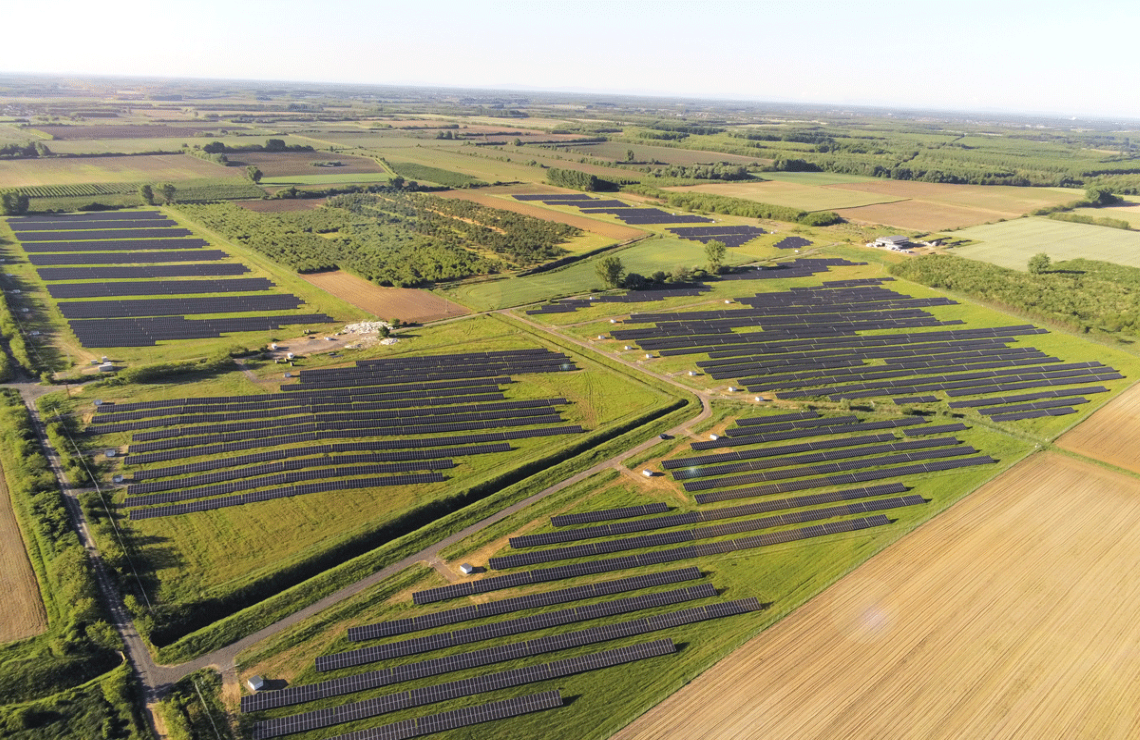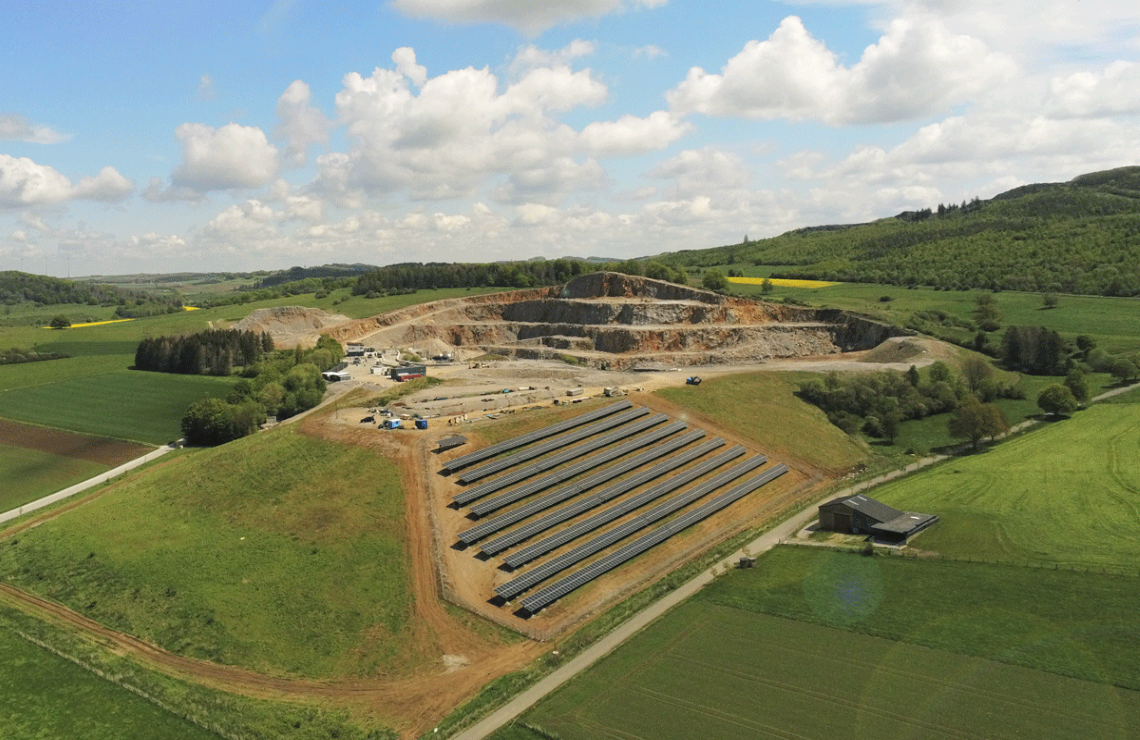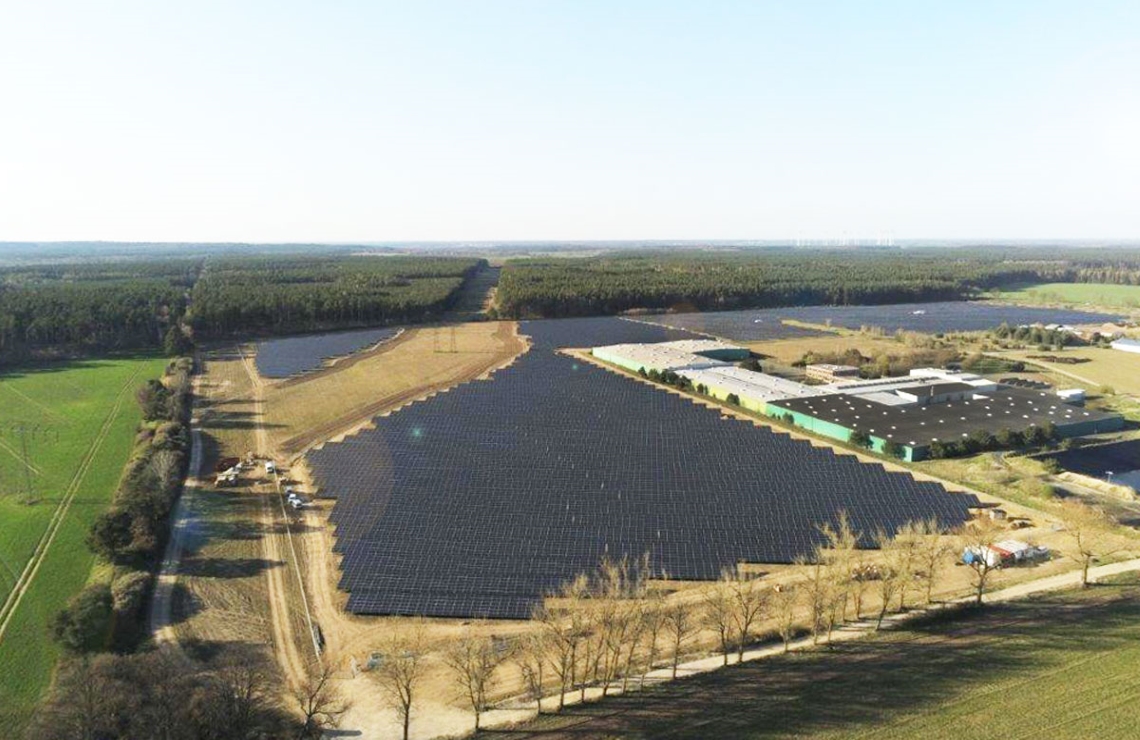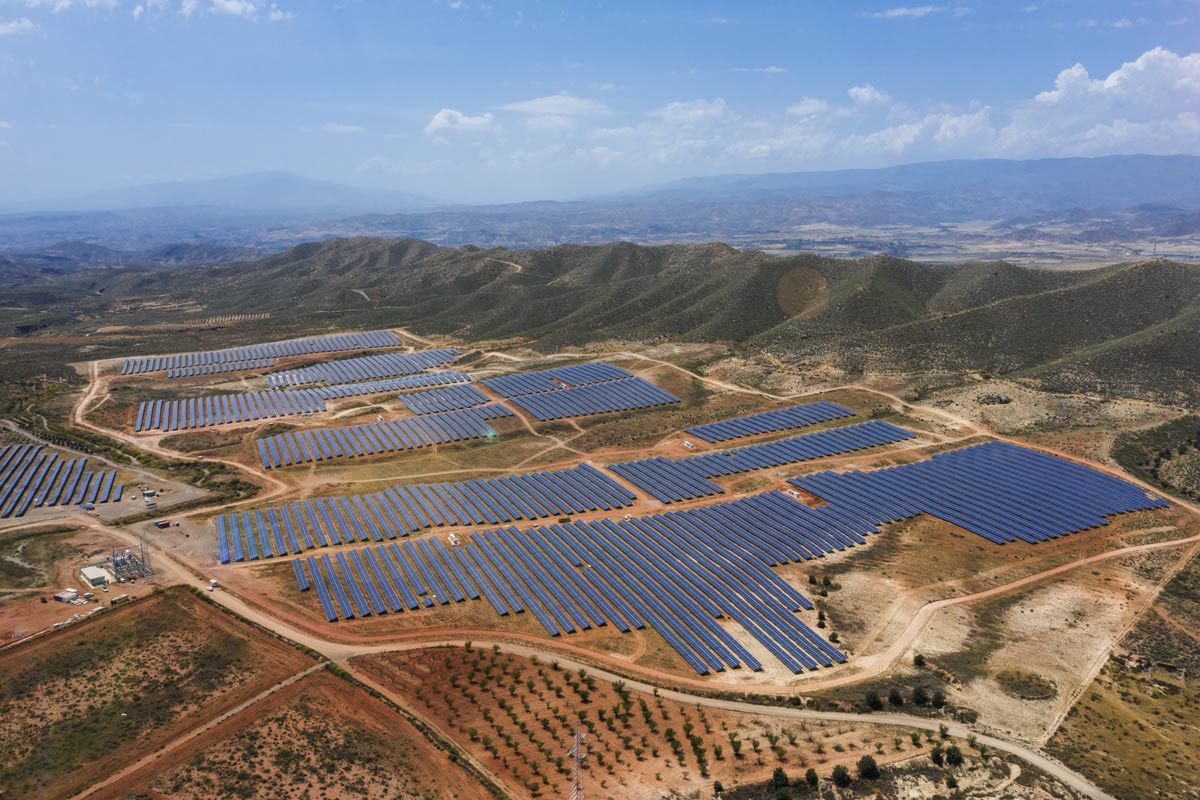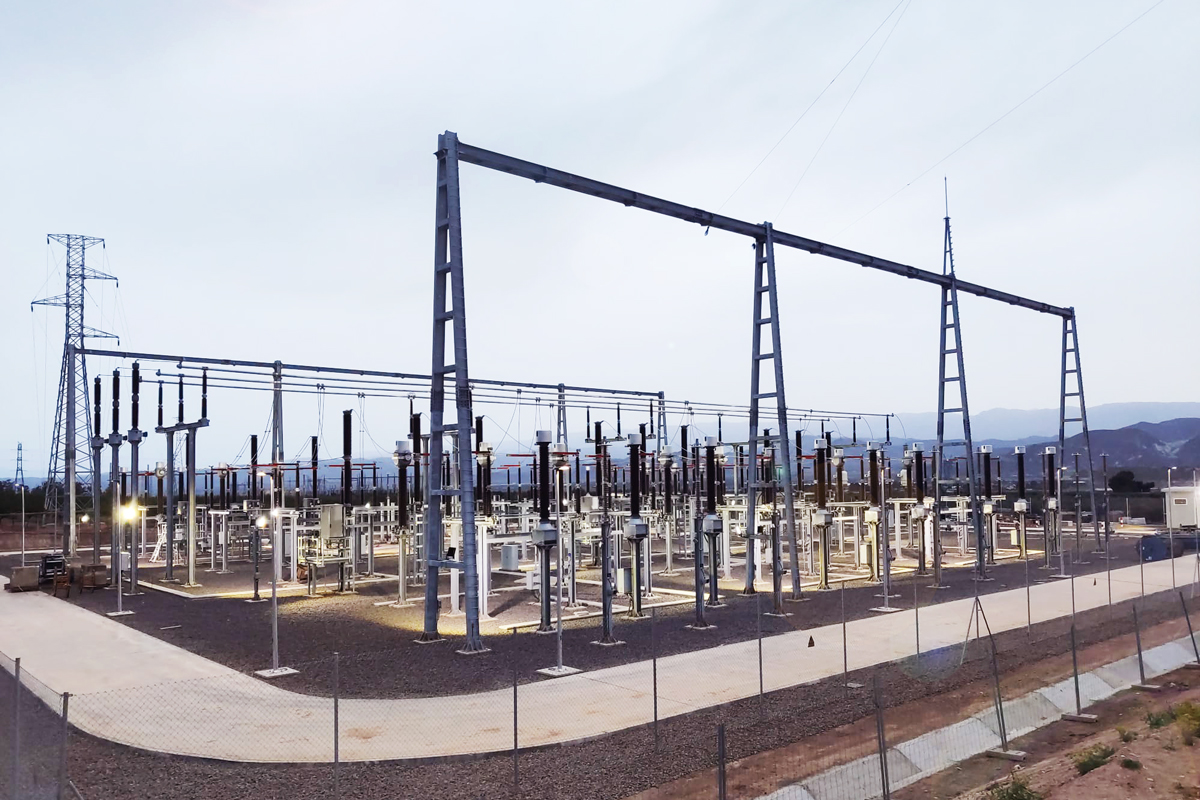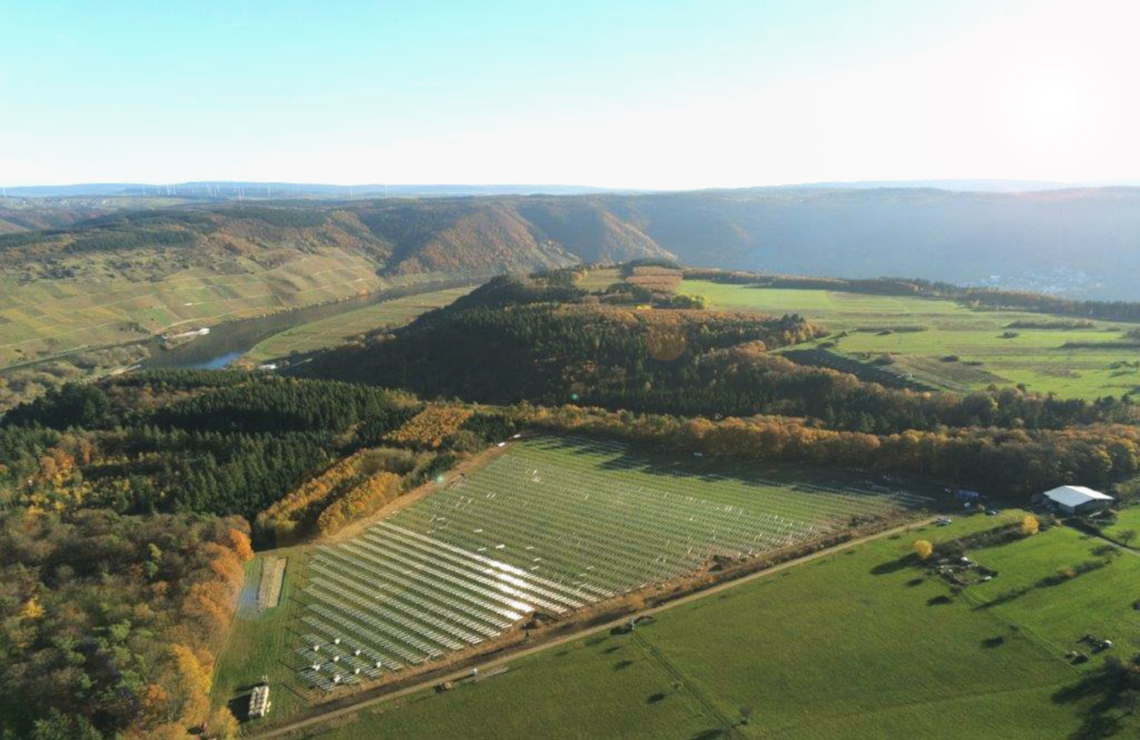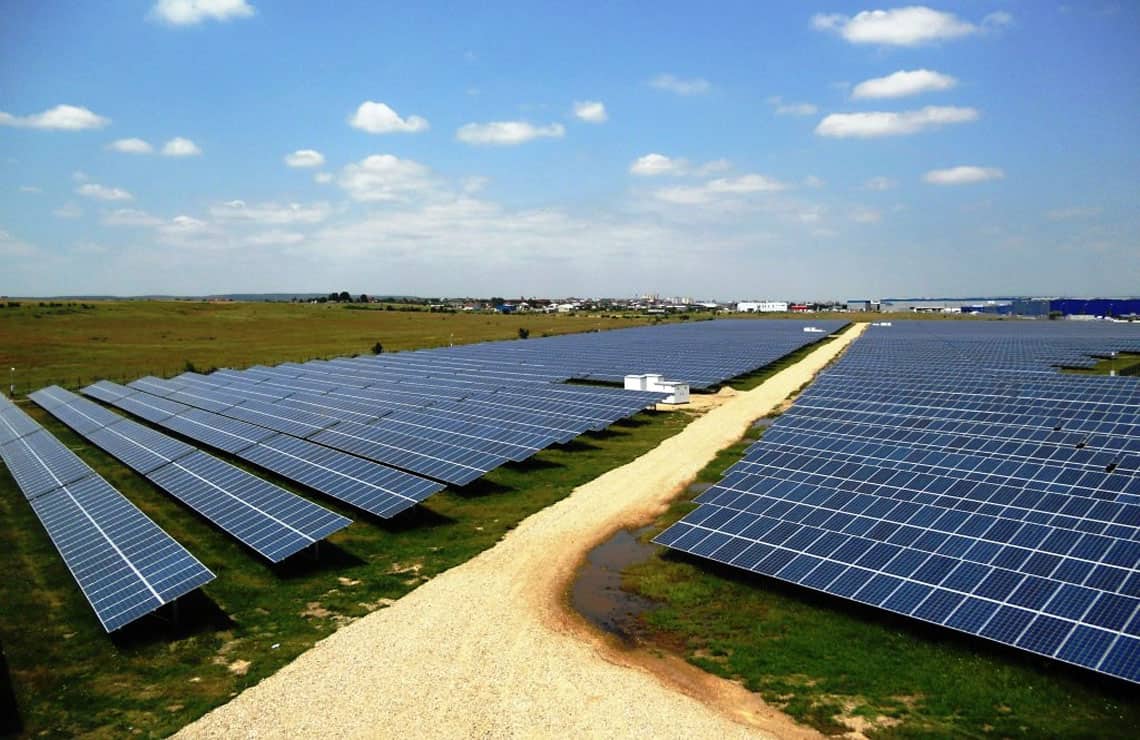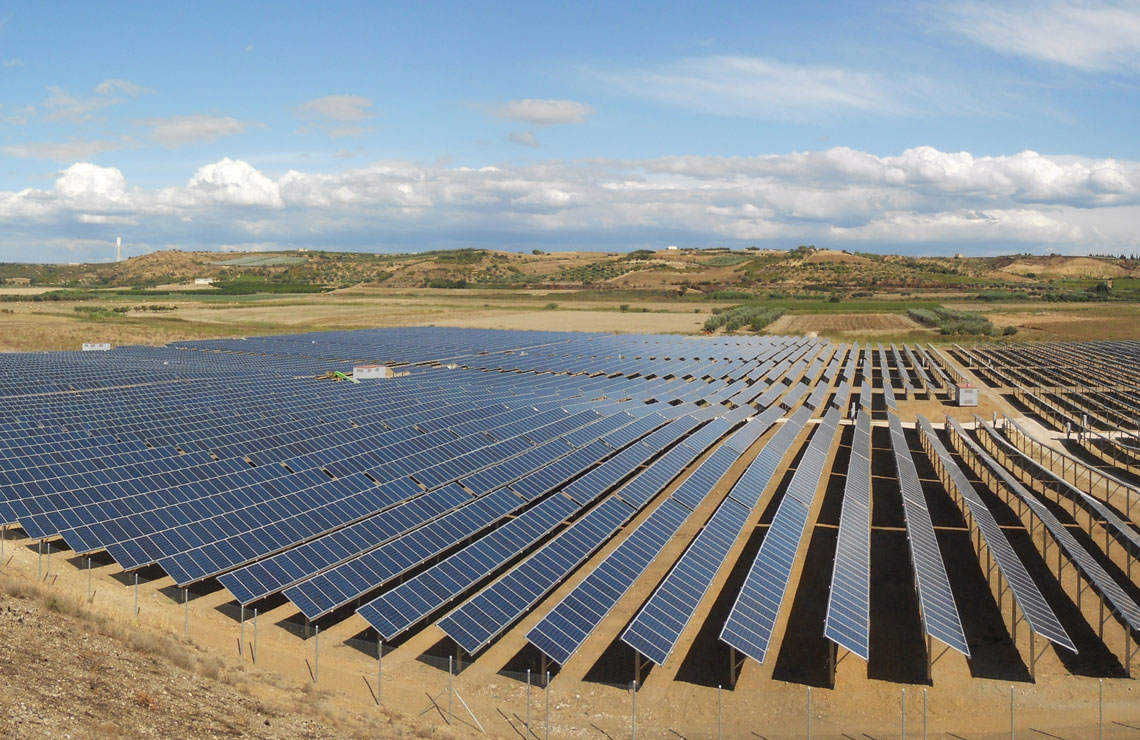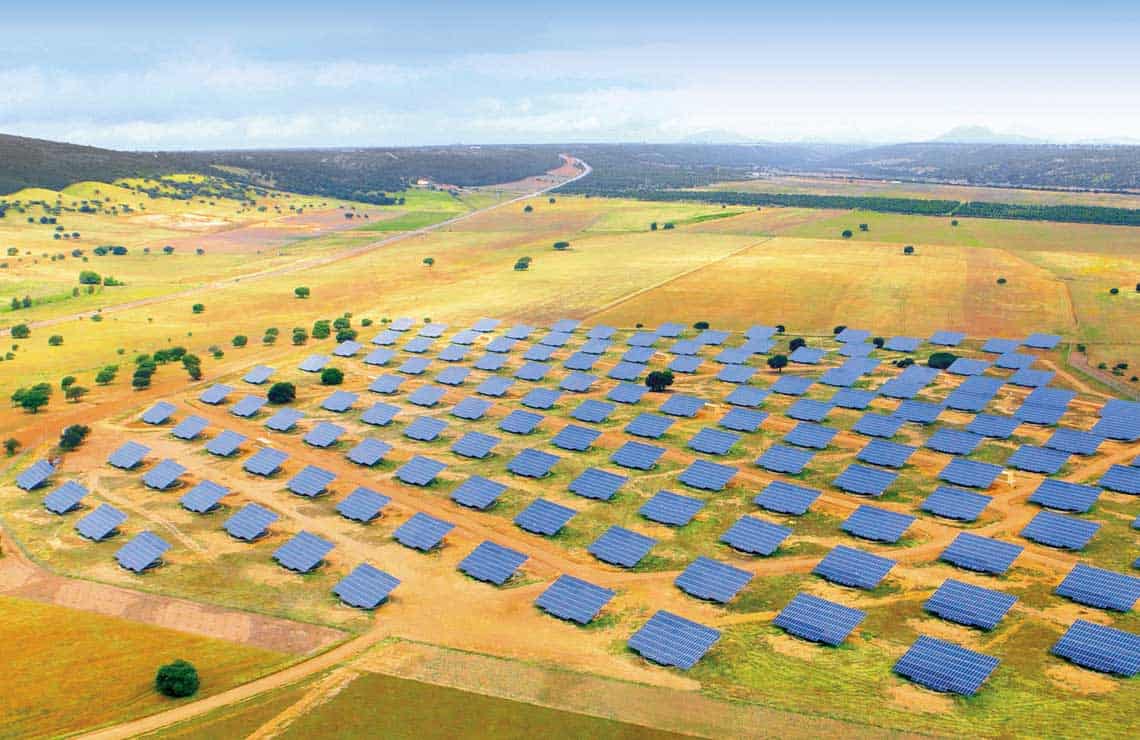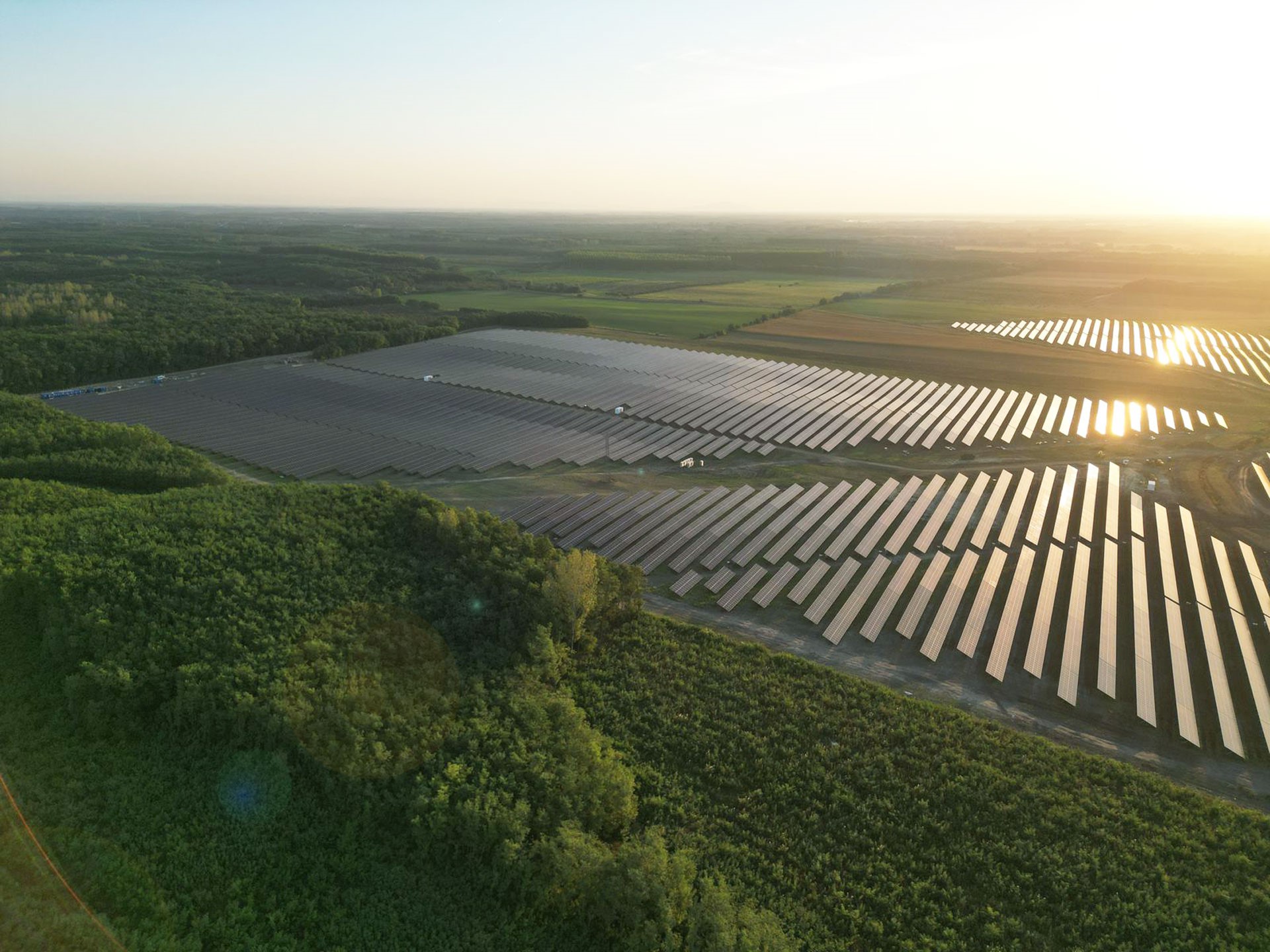
Solar parks for the energy transition
Solar power and technology for an emission-free energy supply.
Contact us now
It is clear: Solar parks are an important driver of the energy transition
Solar energy is on everyone's lips and an essential part of the energy transition - from the expansion of renewable energy to an emission-free future.
In our role as a provider of solar services, our goal is to drive the global energy transition with the help of the sun and technology. With ground-mounted solar plants, this is happening in leaps and bounds. But what are the concrete advantages of installing a photovoltaic system on a free area for society as well as for local citizens and communities? We share our expertise with you.
Solar parks for the energy transition
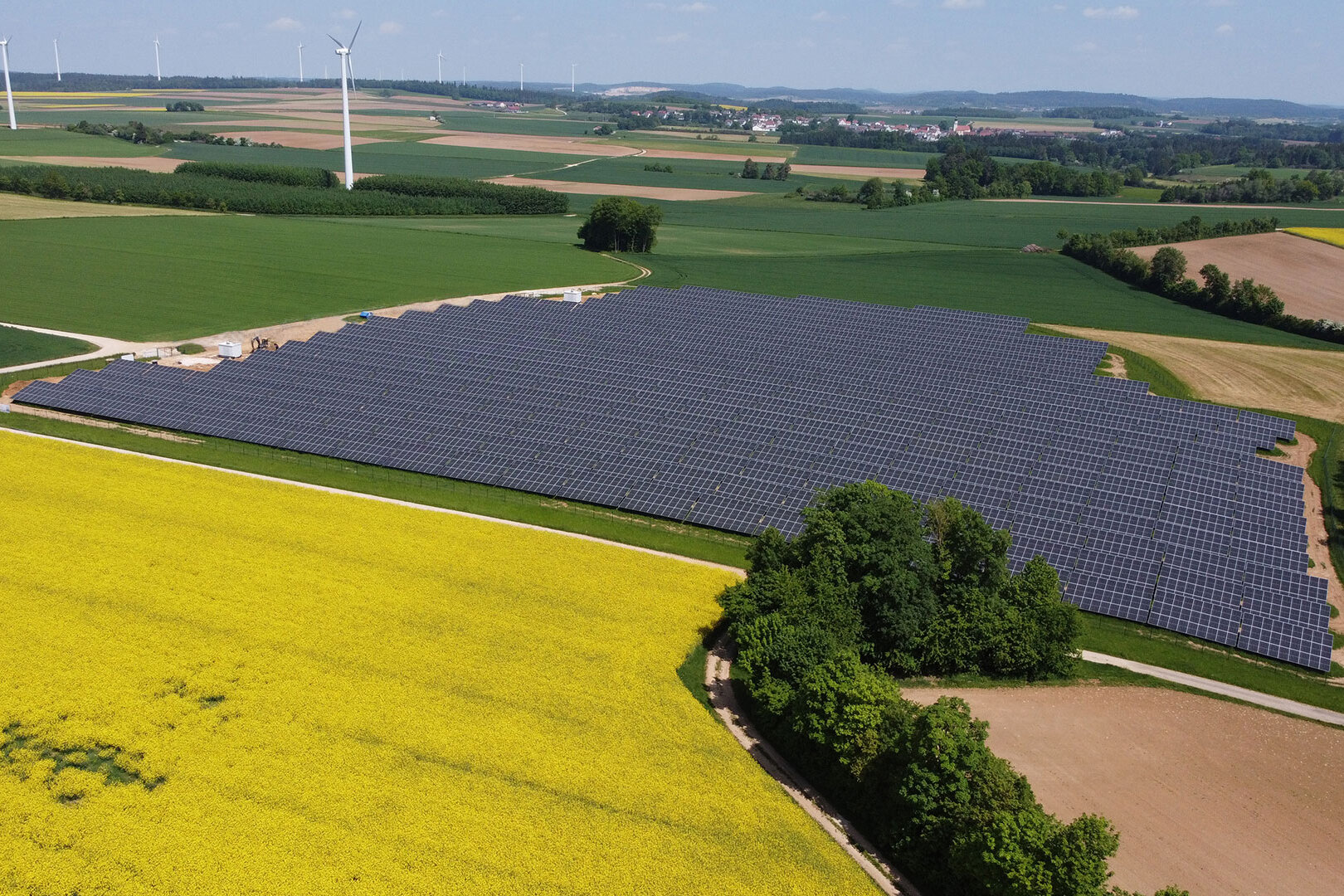
Solar parks, or open-space photovoltaic systems, are an important form of renewable energy generation by drawing on the unlimited and environmentally friendly source of the sun. For this purpose, solar modules are installed on large free areas, which capture the photons of sunlight and convert them into electricity. The positive influences on the energy transition are obvious:
- Reduced dependence on limited fossil fuels
- Reduction of greenhouse gases through electricity generation without the emission of climate-damaging carbon dioxide (CO2)
- Decentralised energy generation, since solar parks can be installed anywhere there is sufficient sunlight
- Technological further development through the global use of solar energy (e.g. optimised output of solar modules on the same surface area)
Not all solar parks are equal
There are different types of photovoltaic systems to optimise the use of solar radiation. Depending on the country, location and technology, it is decided how the maximum yield can be obtained from the available area.
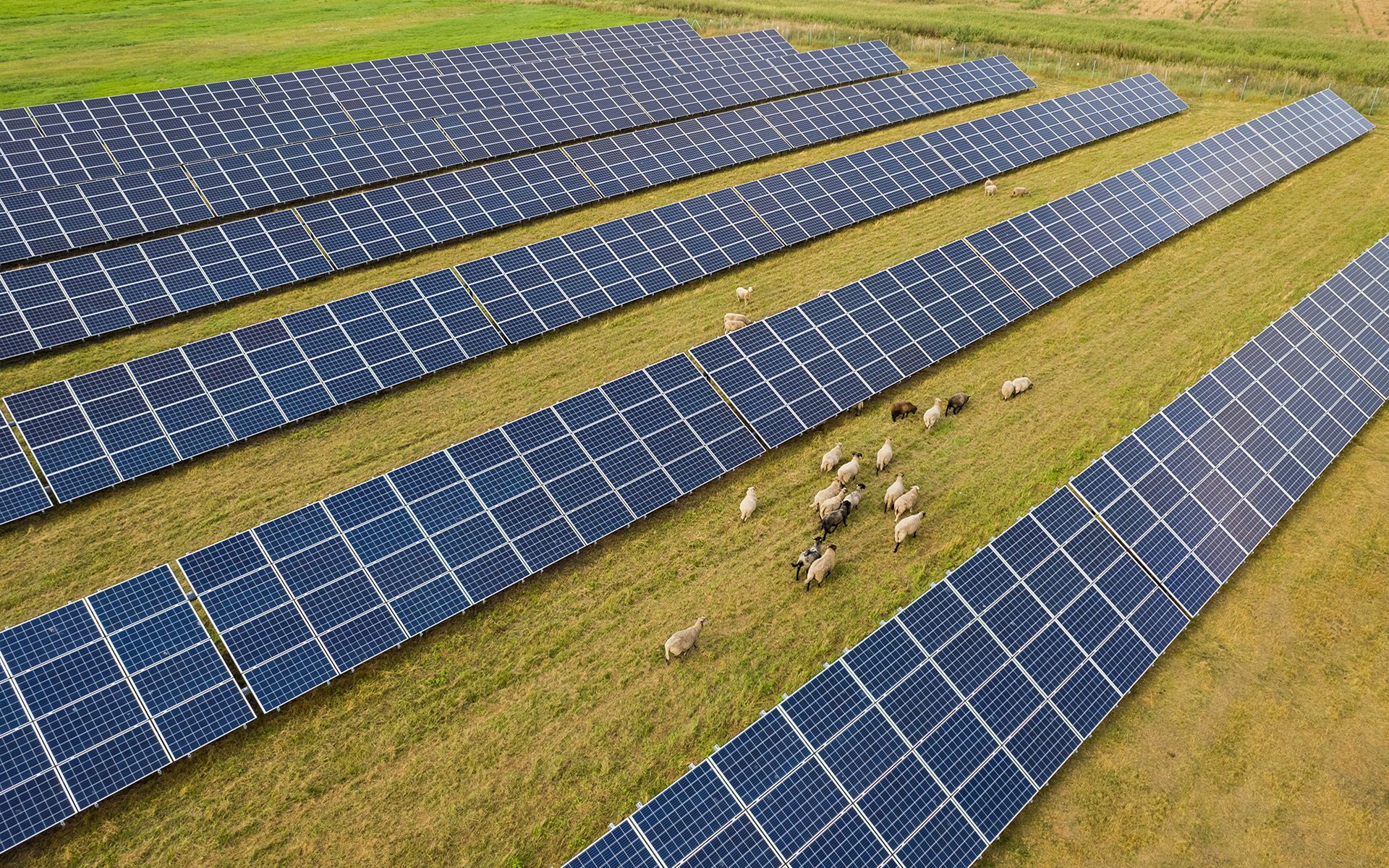
Fixed solar modules
This type of solar park uses solar modules that are installed on a substructure fixed to the ground on fields and fallow land. The orientation of the solar modules can vary between south and east-west. The advantages are easier maintenance and more cost-effective installation compared to tracker substructures.
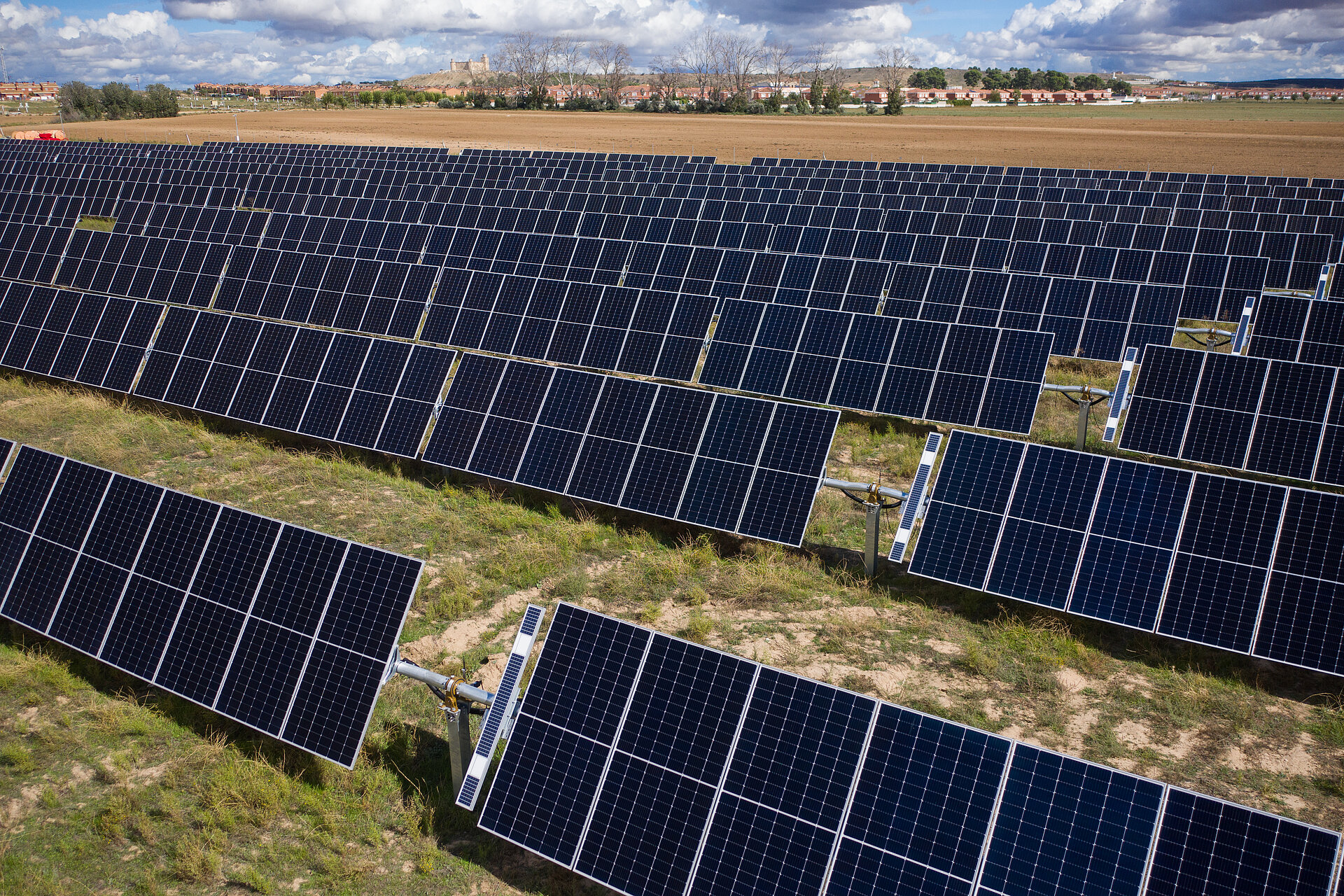
Tracker substructure
Tracking systems, unlike fixed systems, follow the position of the sun throughout the day. They are particularly suitable for locations close to the equator, as the motto is: the closer to the equator the system is to be installed, the more sensible it is to use the tracker substructure, as direct sunlight is highest in this area. The further north and south, the more suitable fixed solar modules are.
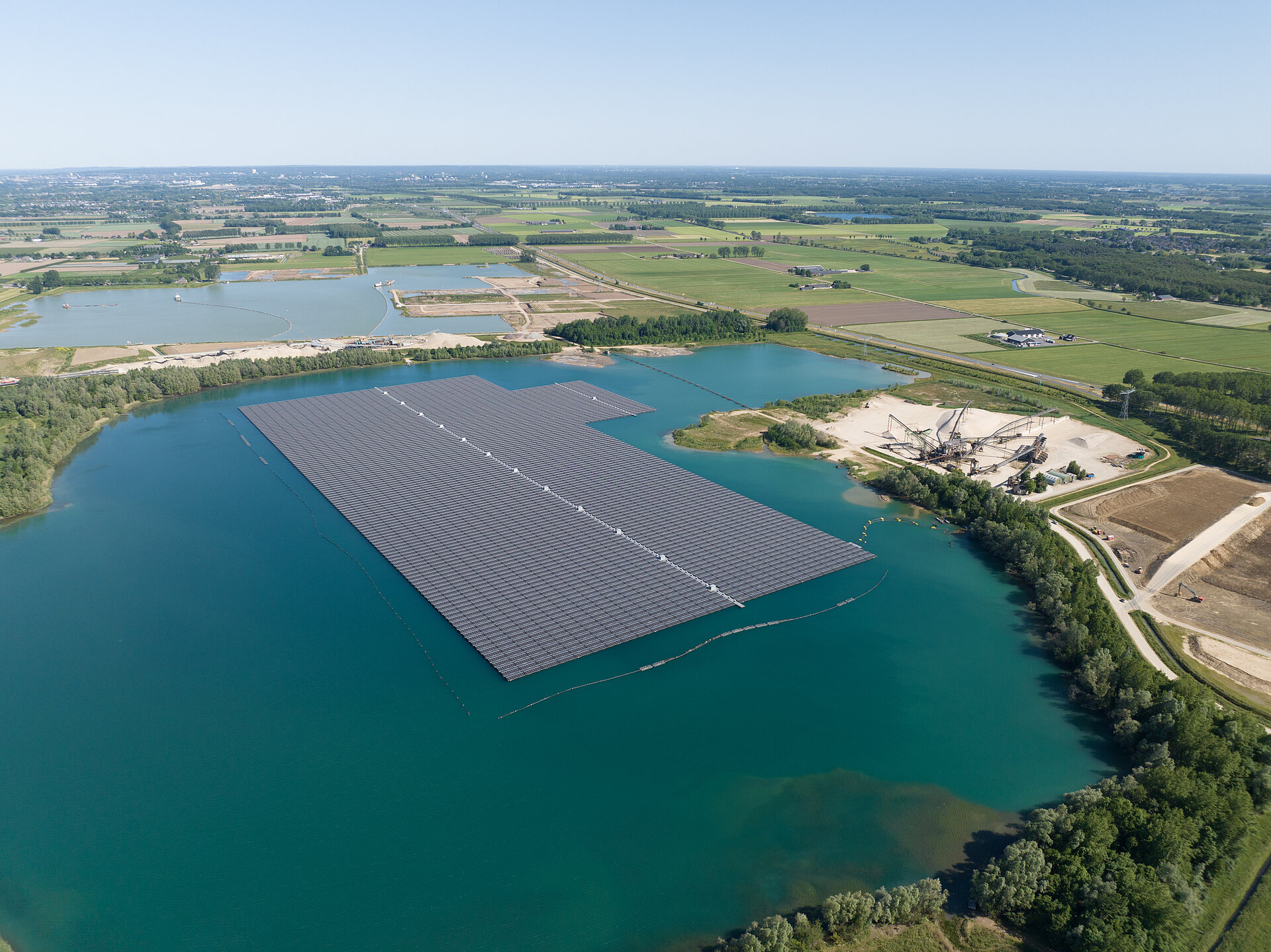
Floating solar parks
Floating solar parks are floating photovoltaic systems that are installed on bodies of water such as lakes, rivers, canals or bays. They utilise unused water areas and thus avoid conflicts with land use. Thanks to the cooling effect of the water, they offer greater energy efficiency and a longer service life for the solar modules.
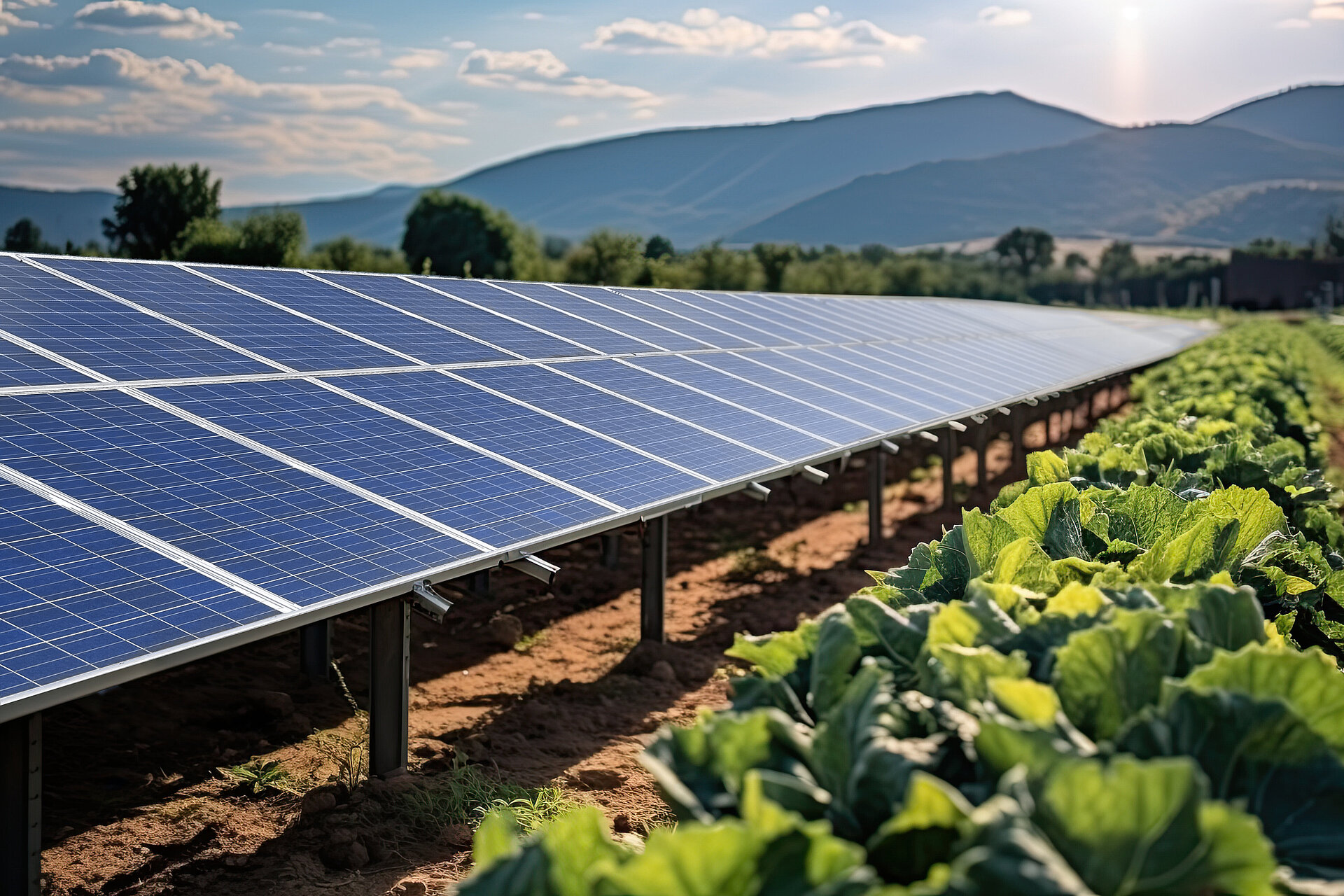
Agri-photovoltaic systems (Agri-PV for short)
This type of solar park is a special design and refers to a method of simultaneously utilising an area for agricultural crop production and solar electricity production. The solar modules are mounted above the fields or plants, or placed alternately with rows of sown plants. It is irrelevant whether a fixed or a tracking system is installed.
Sustainable solar parks: ESG assessment of solar installations
With the ESG standard from Iqony Sens, your solar park becomes an eligible green investment. To achieve this, environmental, social and governance standards must be met throughout the entire value chain. So decide early on in the process whether your ground-mounted photovoltaic systems should be audited according to the Iqony Sens ESG standard and thus become an eligible green investment.
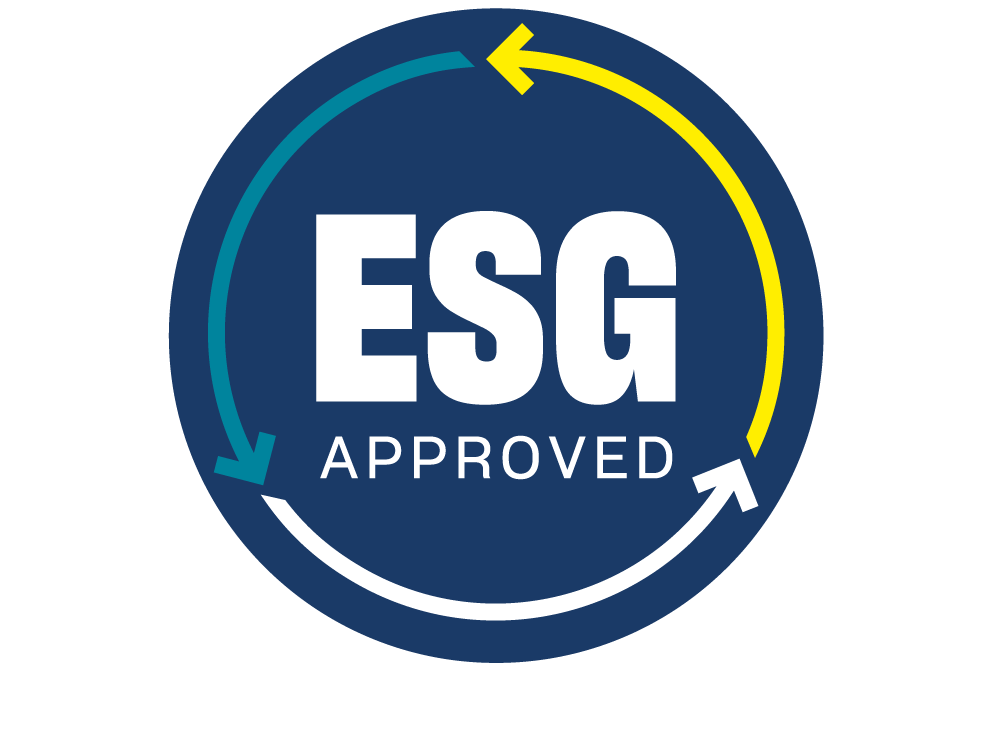
Good to know
The larger the system, the more economical it is, as the costs per installed kilowatt decrease. We therefore recommend a thorough profitability check.
In four steps from open space to green energy production
The process from site screening to operation of a ground-mounted PV system consists of four essential phases. The development, planning and construction of a turnkey solar park takes an average of three to six years. The subsequent operational management extends over the entire lifetime of the PV plant.
1. Project development
Approx. 2-5 years
- Potential analysis of the area
- Urban land use planning procedure
- Profitability calculations
- Evaluation of the grid connection point
- Presentation of the project to the community
- Obtaining the environmental permission
- Steering of land permission procedure up to construction permit
- Approval procedure
2. Solar park planning
Approx. 4 months
- Planning under consideration of legal and technical requirements
- Yield-optimised 3D plant design
- Electrical design
3. Solar park construction
Approx. 4-10 months
- Ramming the steel profiles
- Erection of the substructure
- Installation of the modules
- Construction of the station foundations and cable trenches
- Grid connection
- Cabling and electrical installation
- Installation of the system communication
- Testing and commissioning of the inverters and medium-voltage components
- Trial operation and handover to the end customer
4. Operational management
Service life of the solar park: up to 30 years
- Fault identification and plant optimisation
- 365-7-24 Monitoring
- Repairs and maintenance
- Module cleaning
- Green cuttings
- Checking the condition of fences and repairing damage
- Preparation of expert reports
- Thermography
- And much more...
Learn more about the individual steps to the turnkey solar park and the subsequent operation of the PV system.
Good to know
Per hectare, about 1 MW (1,000 kW) of electricity can be generated per year with a solar park.
According to the German EEG (Renewable Energy Sources Act), a distinction can be made between feasible and non-feasible areas, which are examined and acquired during the project development phase.
Feasible areas according to the German EEG:
The areas listed in the German law represent disadvantaged areas that are optimally suited for the construction of ground-mounted solar plants and are therefore promoted. The following areas are included:
- Areas along motorways and railways
- Land in disadvantaged areas (demonstrably low harvest or poor land values)
- Conversion areas (e.g. landfills, former open-cast mining areas, disused military bases)
- Sealed land formerly used for industrial purposes
- Designated, unused commercial areas
- Built-up areas such as sports and leisure airports
Non-feasible land:
These are all other areas that are not explicitly mentioned in the German EEG and are therefore not eligible for a feed in tariff. A power purchase agreement (PPA) is therefore required to finance solar parks on such land.
Photovoltaics and biodiversity
Biodiversity is the variety of animal and plant species on earth. This is threatened by excessive agriculture (monoculture, pesticides), increasing environmental pollution and climate change, among other things.
A study by the German Federal Association of the New Energy Economy (BNE) took a closer look at the synergy effects between ground-mounted photovoltaic systems and the preservation of the local flora and fauna. The result? Open-space photovoltaic plants not only generate green electricity, but also provide habitats for plants and animals, which are protected there from external influences: A win-win situation.
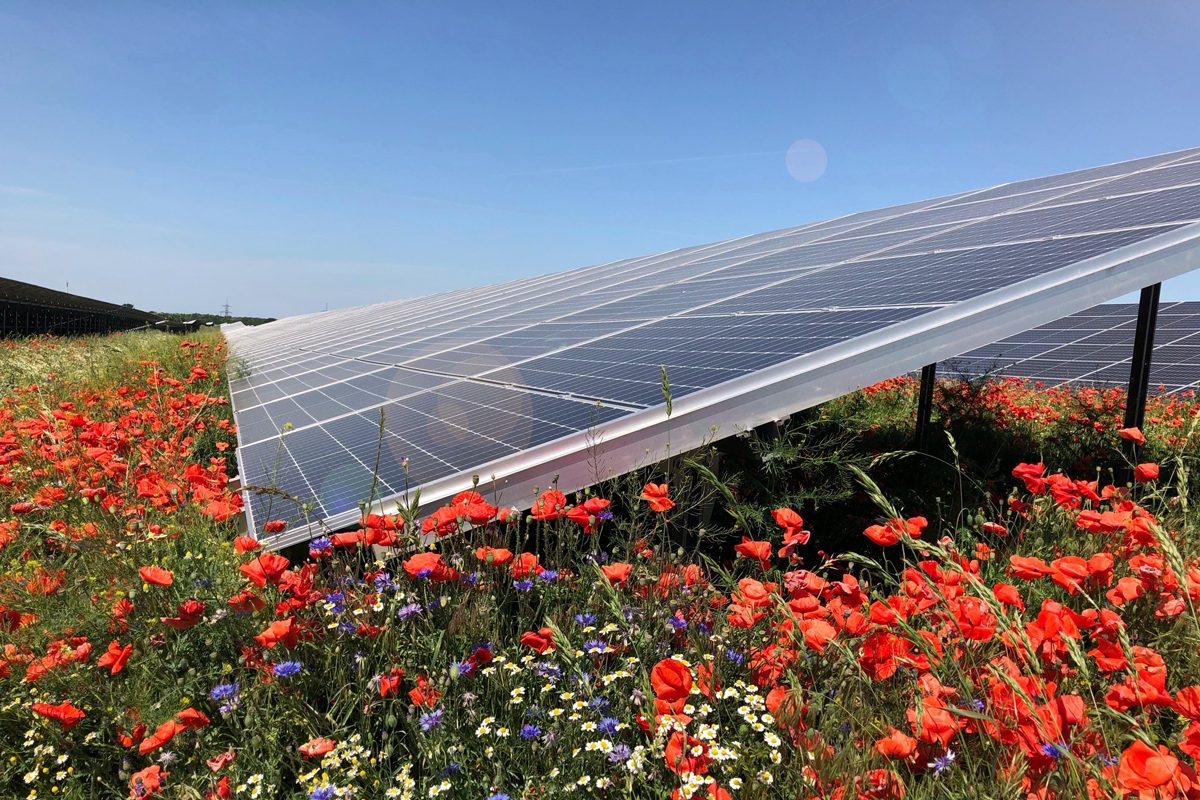
Good to know
In principle, all areas that are not subject to restrictions under nature conservation law are suitable for the construction of a PV system. In the case of non-eligible areas, however, close coordination with the municipality is necessary, as agricultural land must be released for solar energy. In any case, we recommend a profitability calculation and plausibility check of these areas.
Citizen participation can take the form of co-determination in decision-making or financial participation.
The advantages for citizens and municipalities depend on the respective participation model. Basically, a distinction can be made between participation in interests (co-determination) and monetary participation.
Interest participation:
- Open and transparent communication throughout the entire process
- Information events to ensure the exchange of interests
- Citizen participation extends beyond the construction of a solar park
- Observance of local requirements
Monetary participation - local value creation in Germany:
- Participation of the municipality in the electricity revenues (0.2 cents per kWh according to §6 EEG)
- 90 % business tax is awarded to the municipality
- Entrepreneurial participation of the municipality in the solar project
- Direct investment opportunities for citizens
Solar parks
As a long-standing PV service provider, we have already built numerous solar parks on a wide variety of sites:
Building a solar park with Iqony Sens
You want to invest in renewable energy and are looking for a reliable and financially strong EPC partner for your solar investment? Iqony Sens is an expert in the development, planning and turnkey construction of solar parks as well as the subsequent operation of the plant.

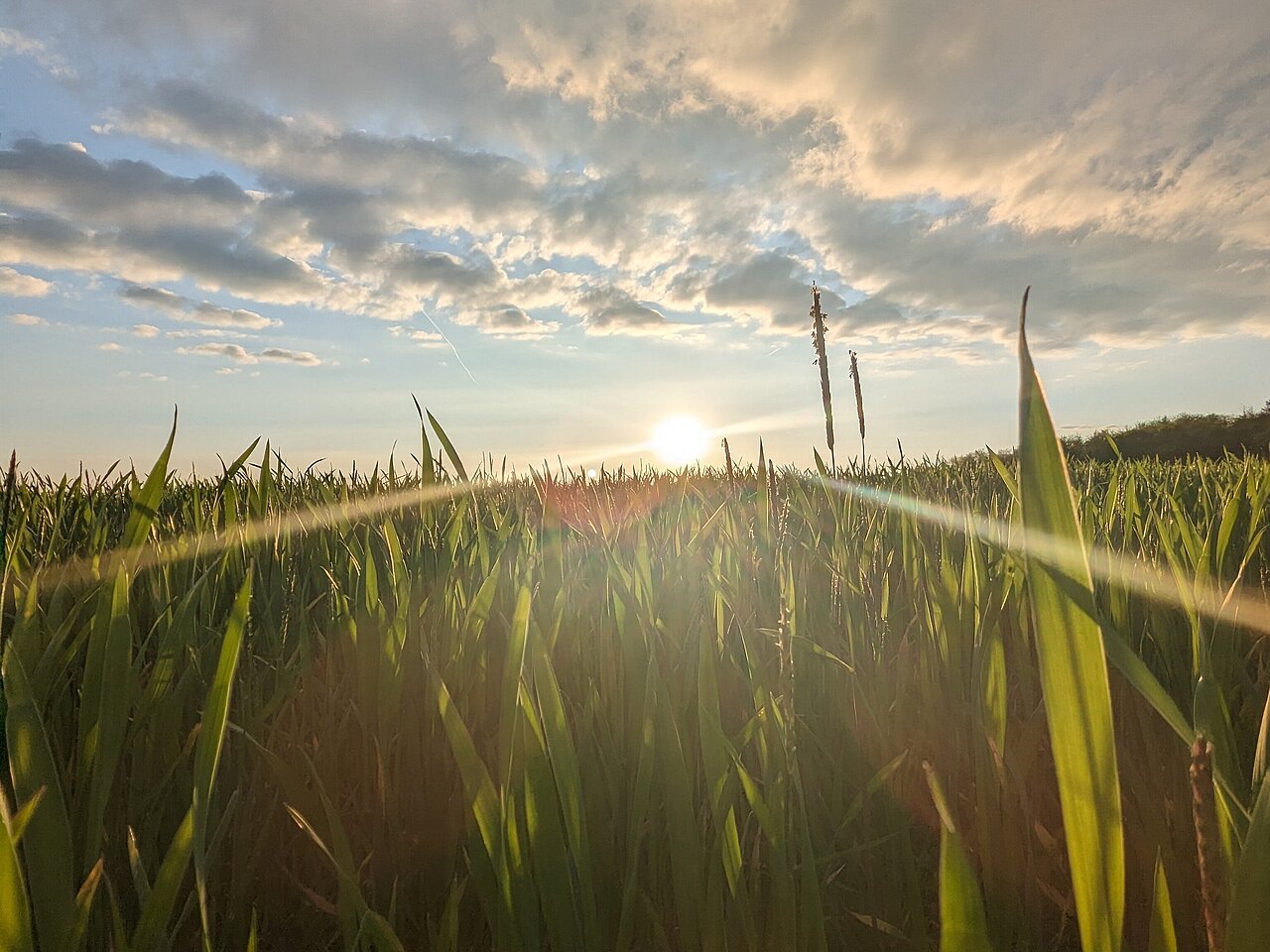

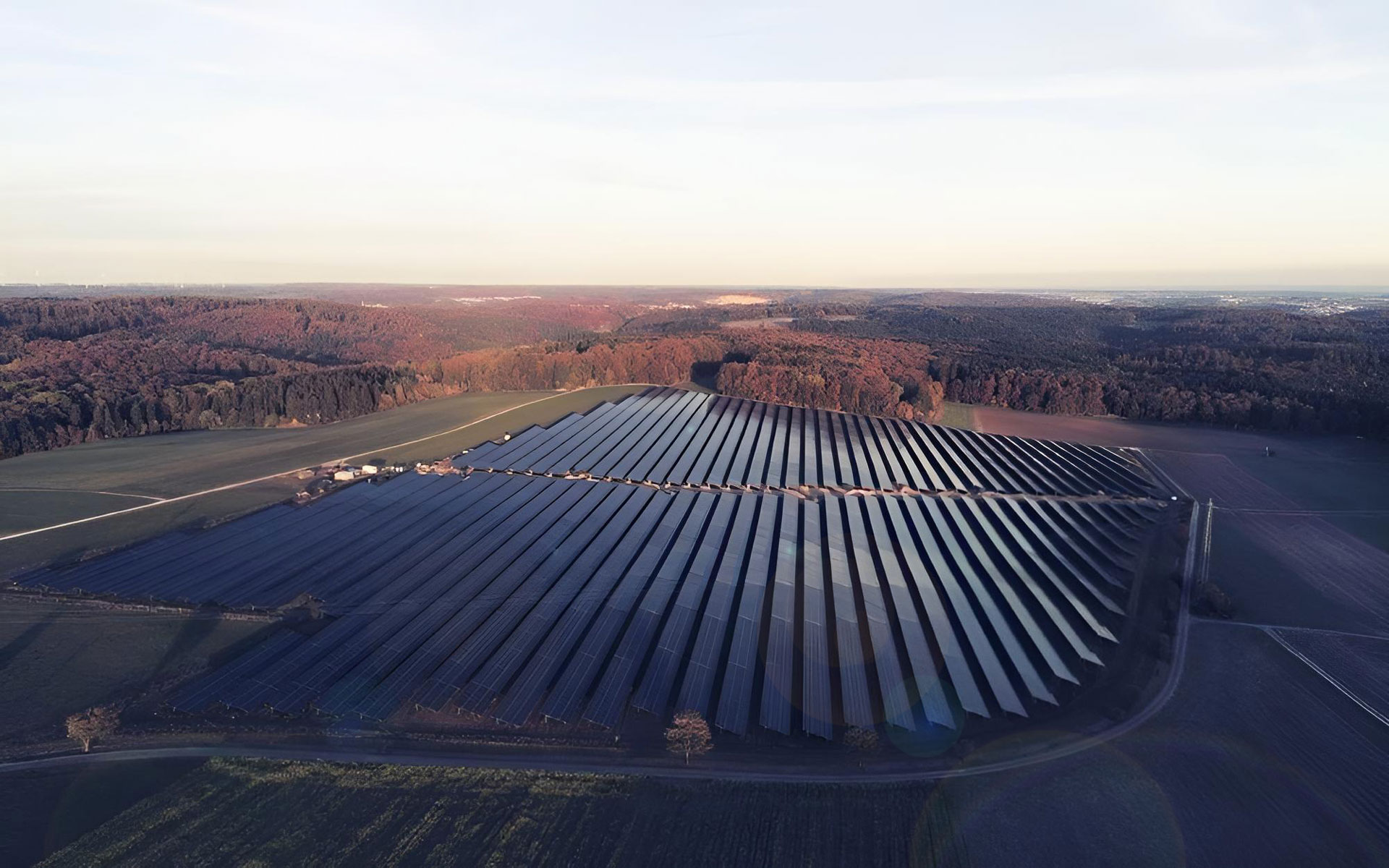

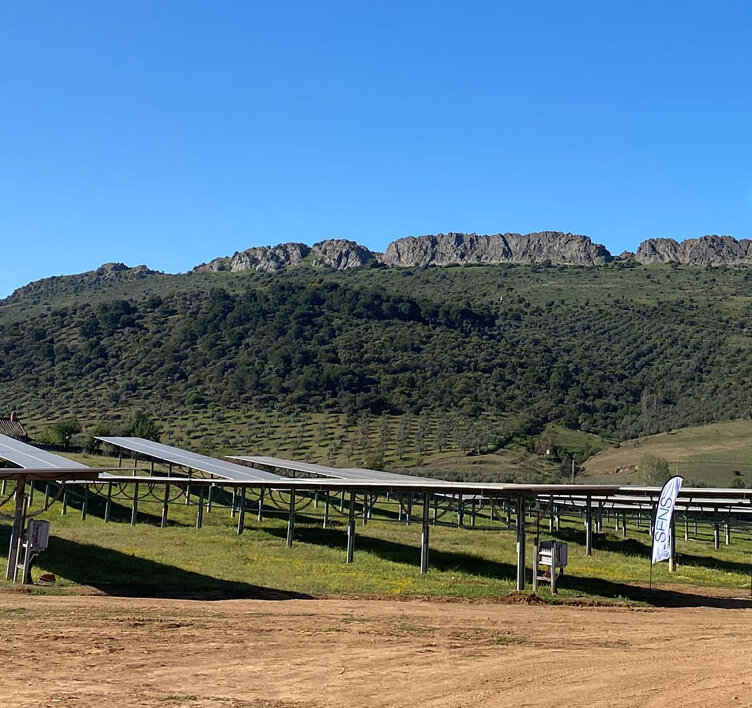

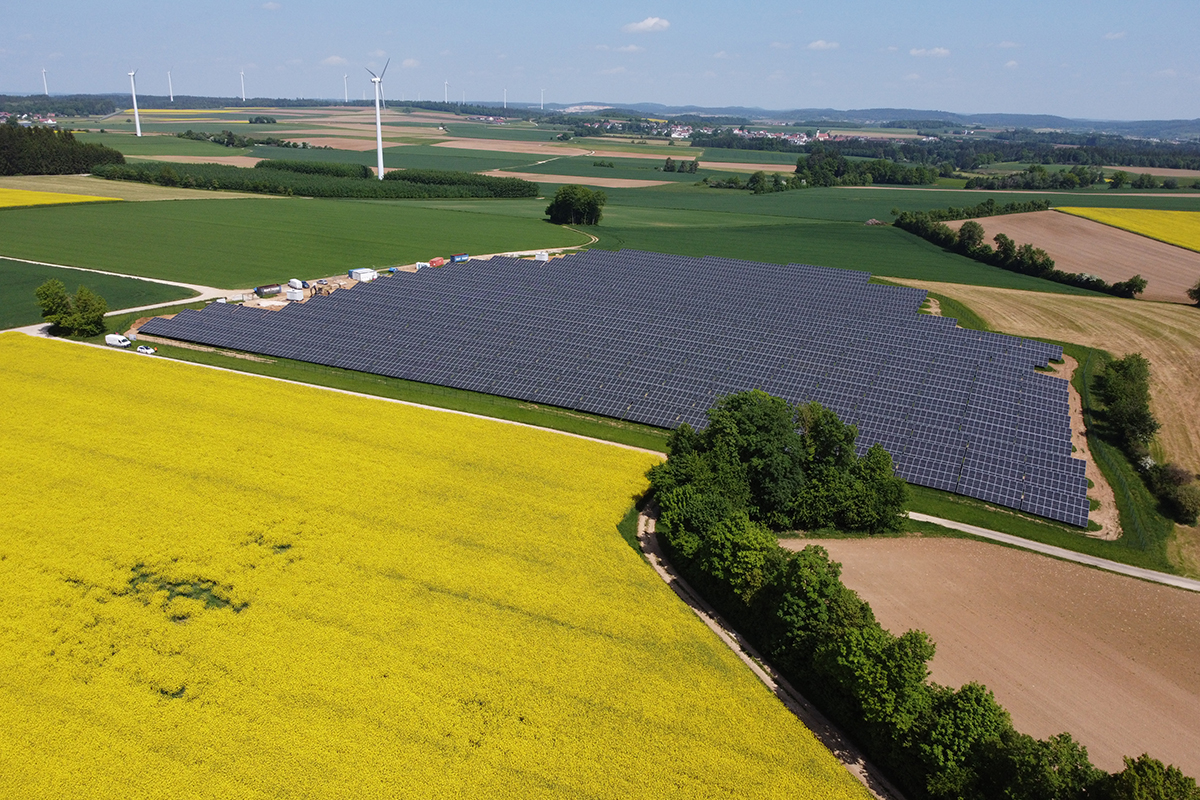
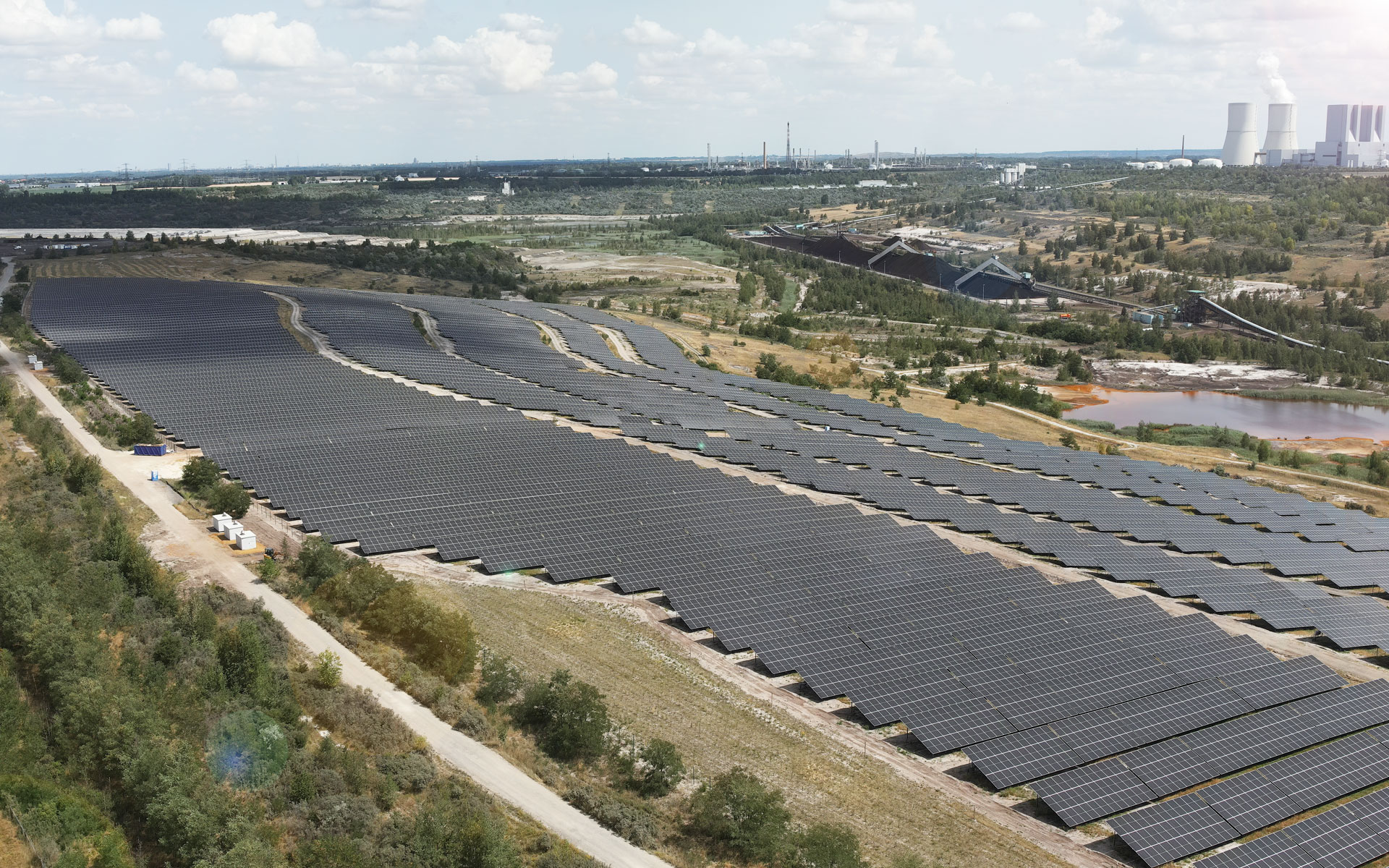
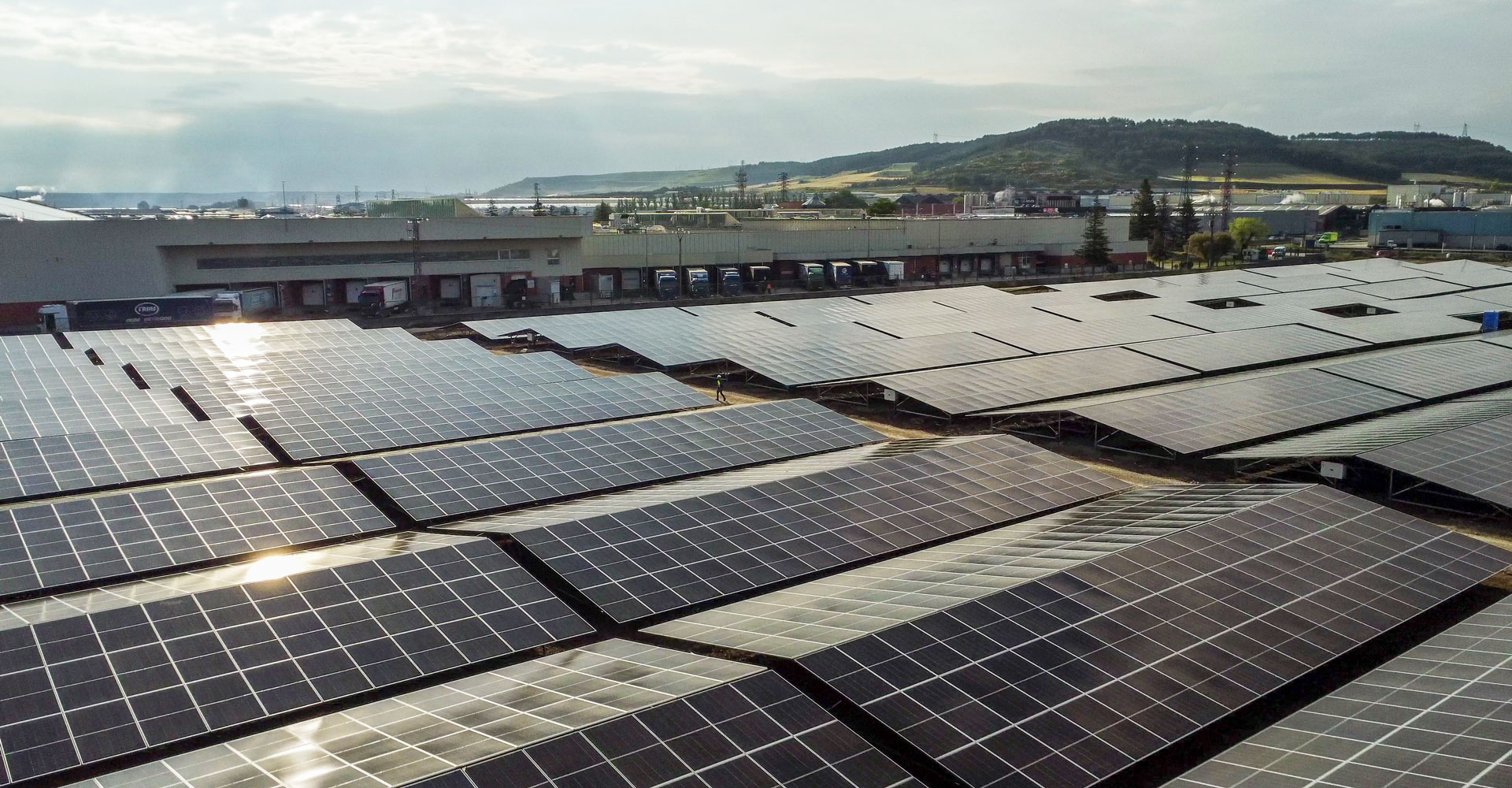
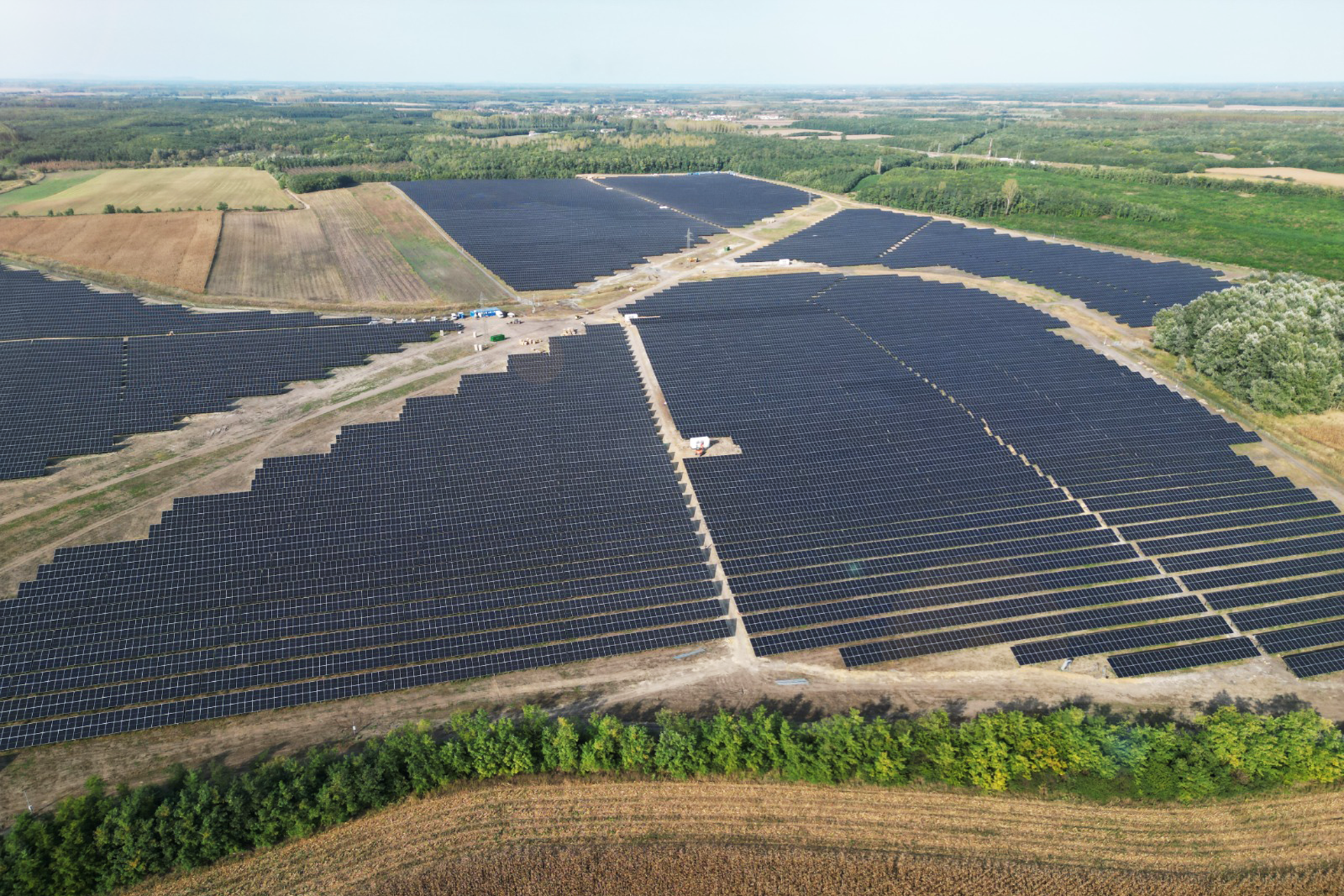
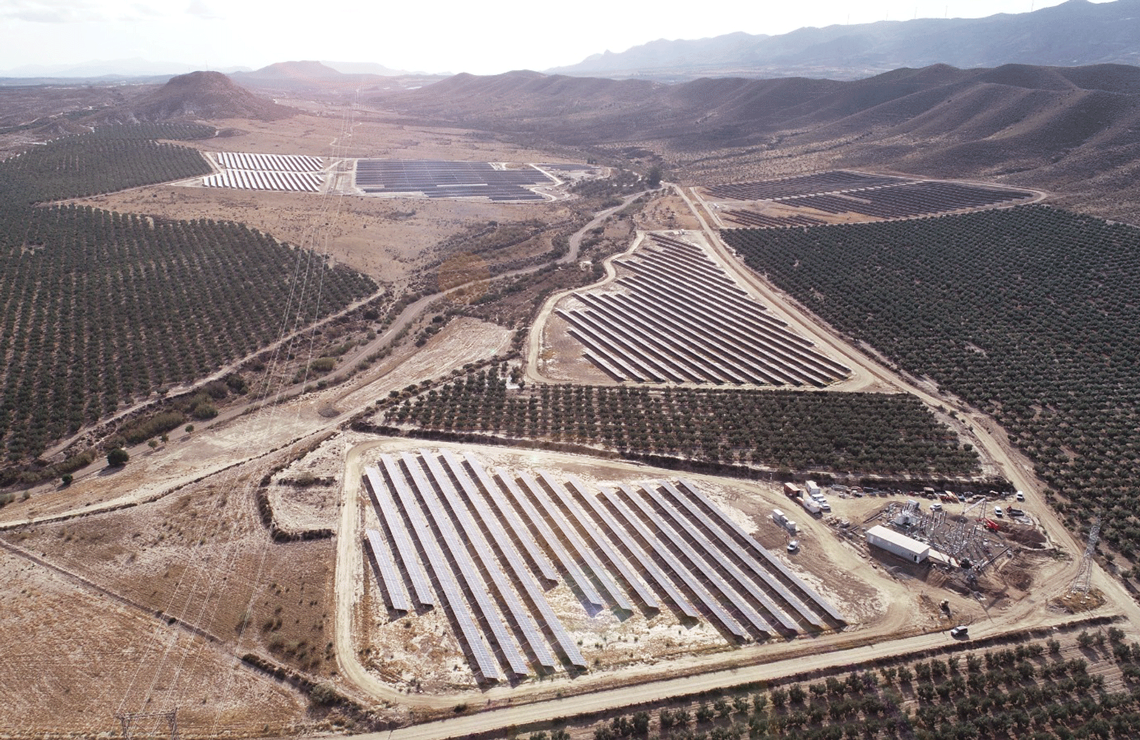
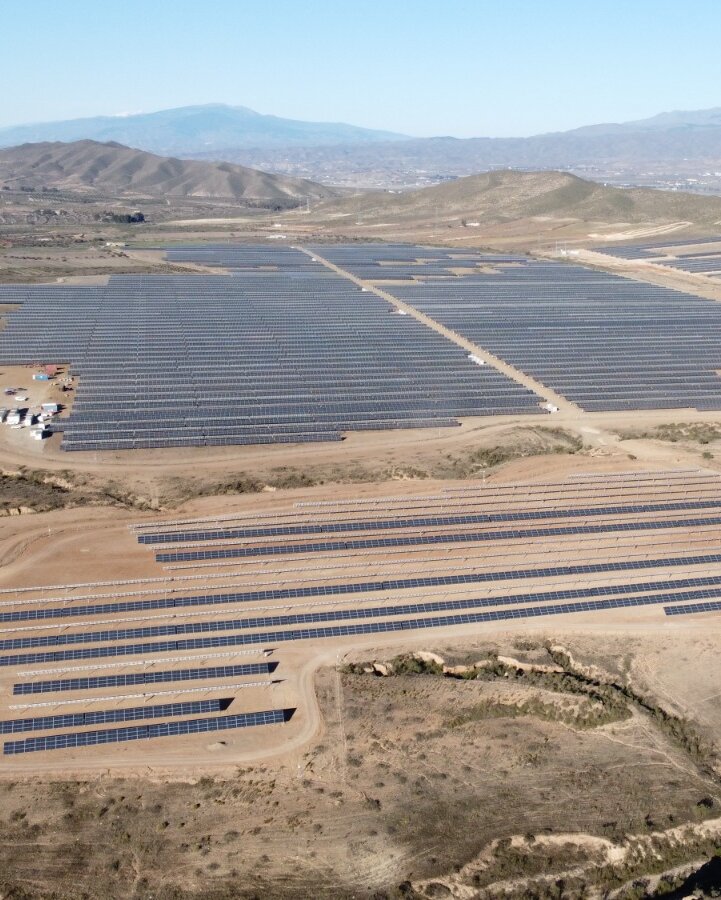

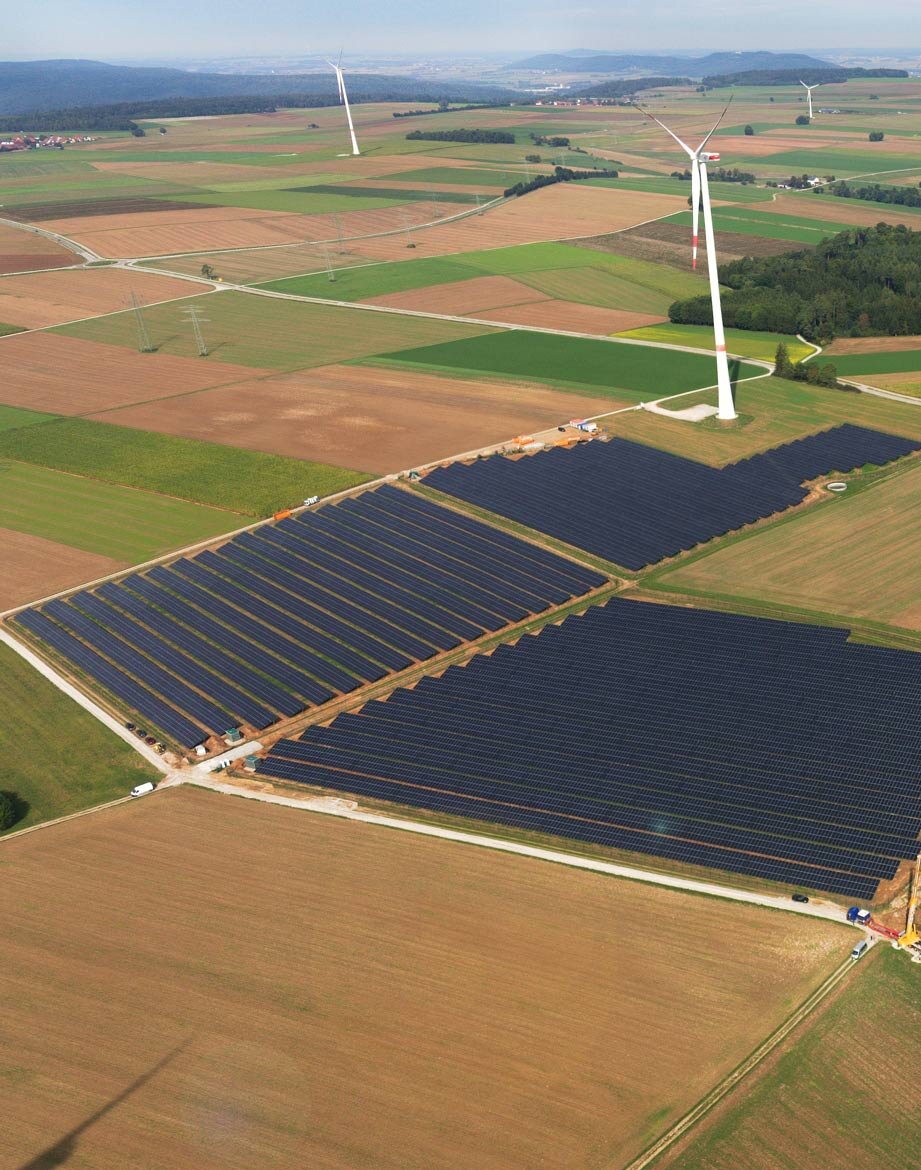

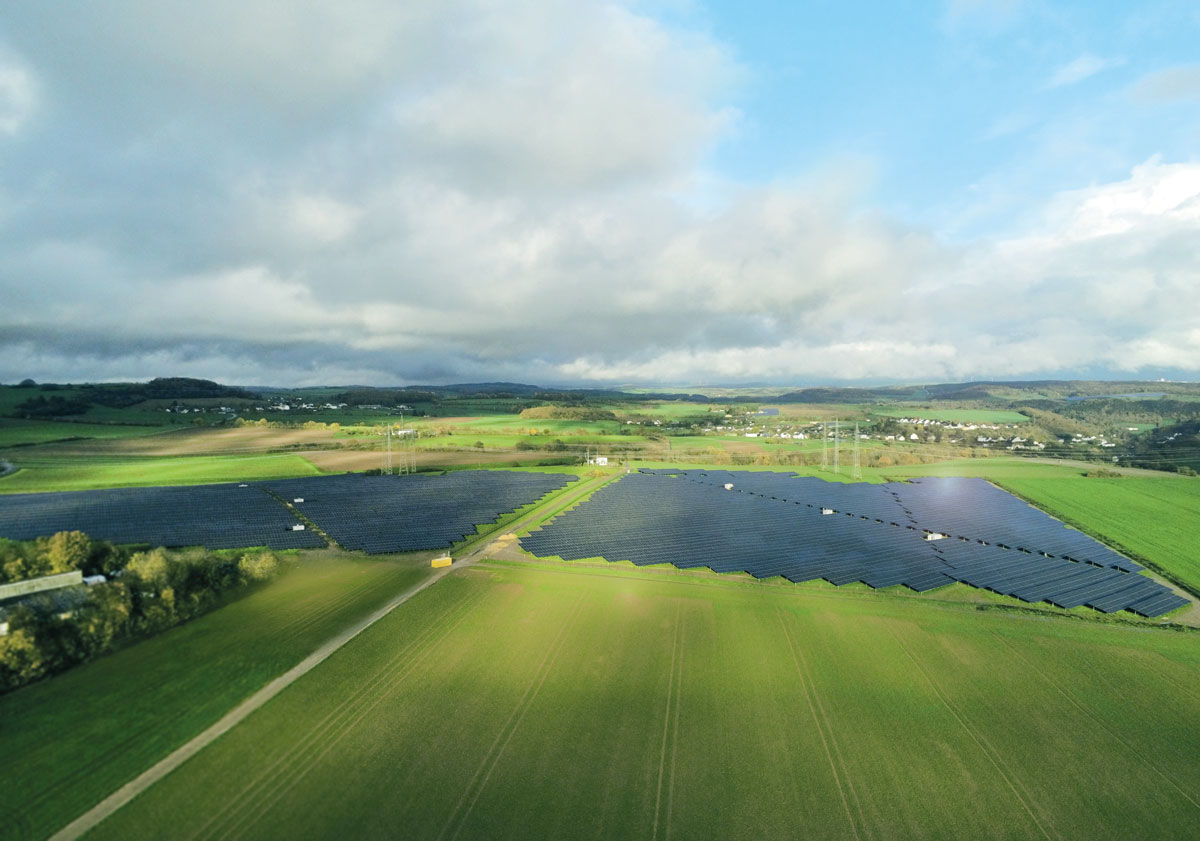
![[Translate to English:] Solarpark Bettingen Germany SENS](/fileadmin/user_upload/References/Ref_Solar_parks/Bettingen_Deutschland/bettingen-deutschland-sens.jpg)
